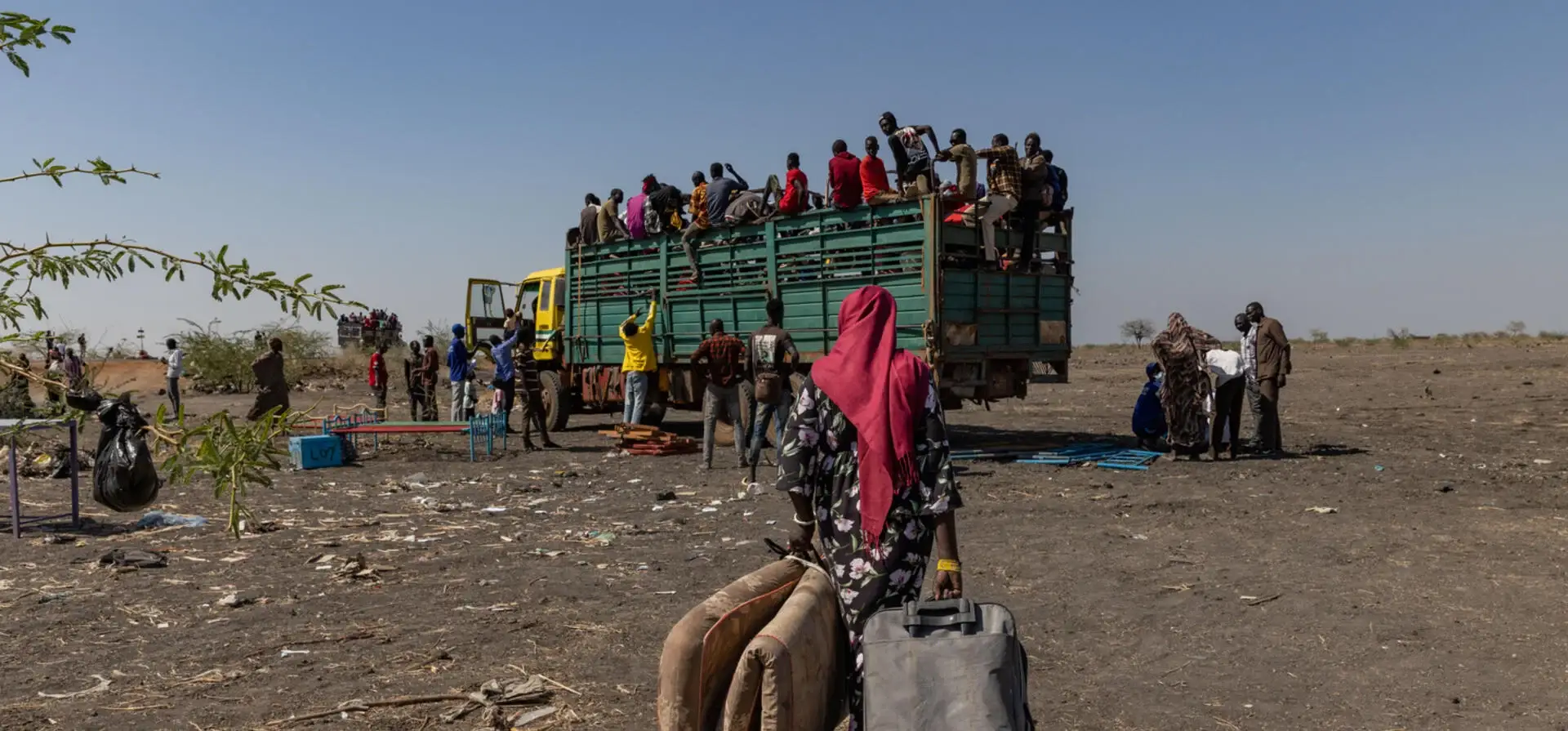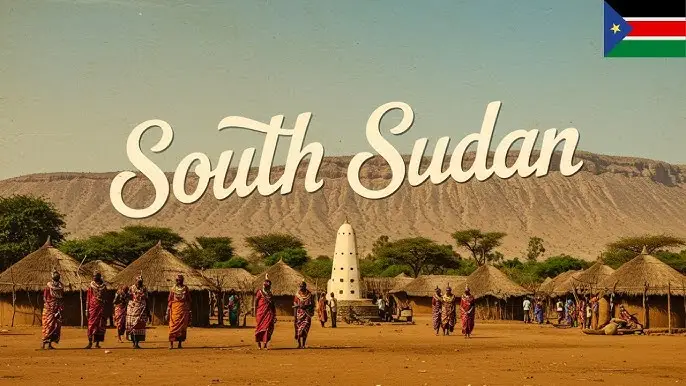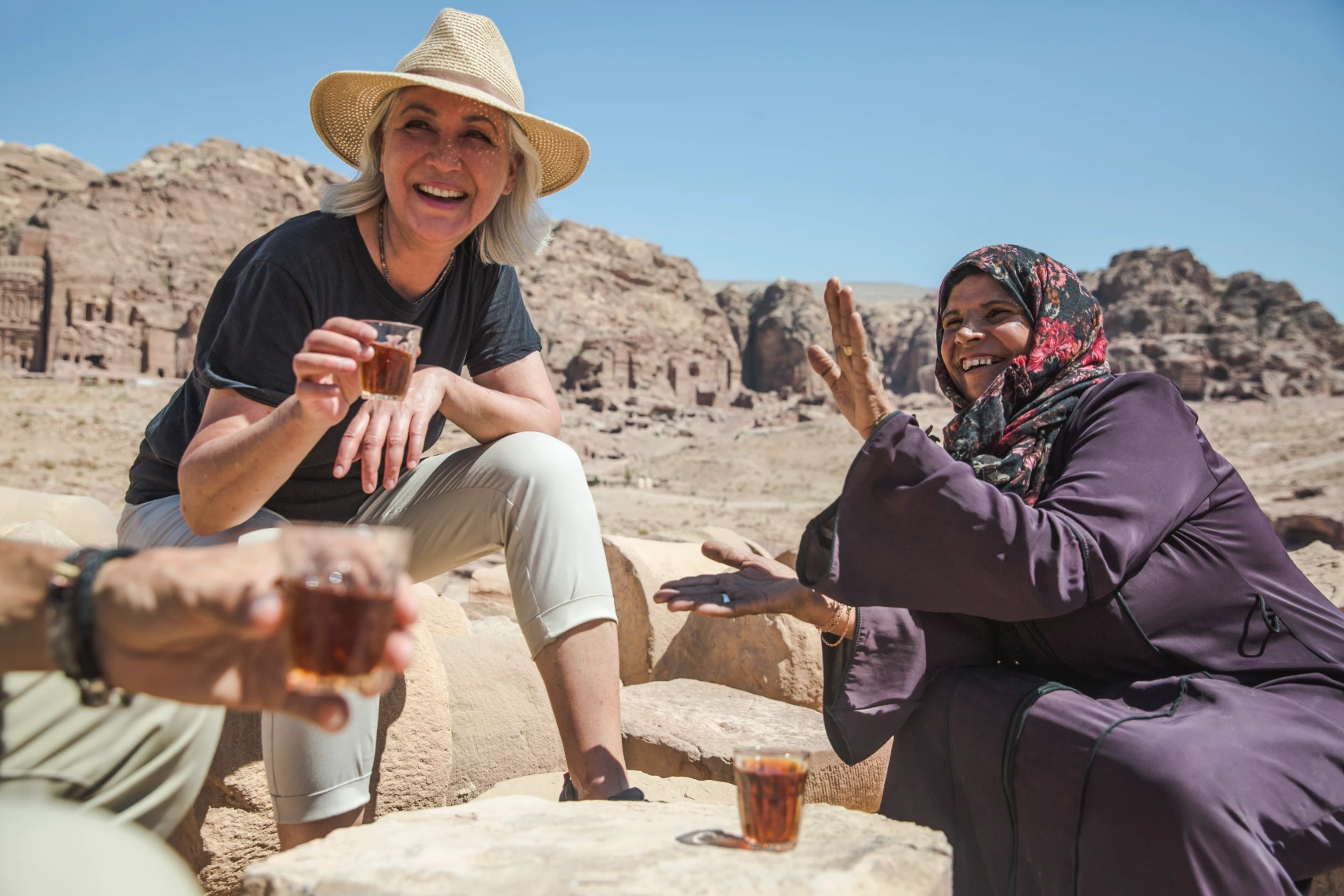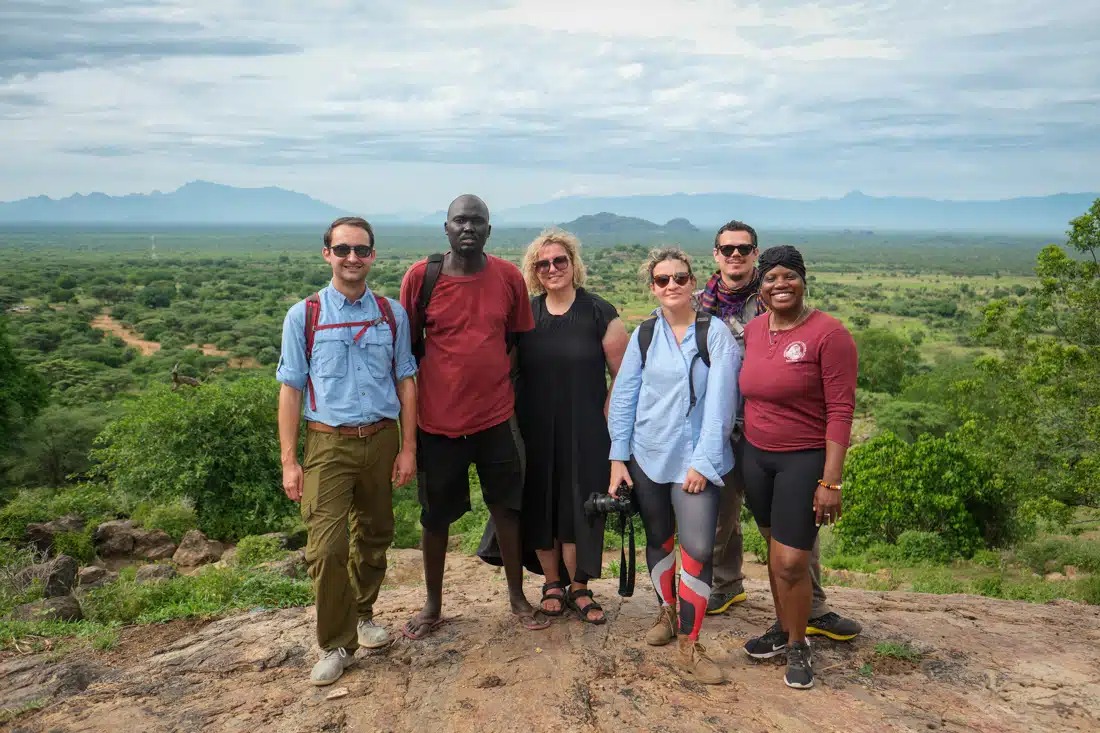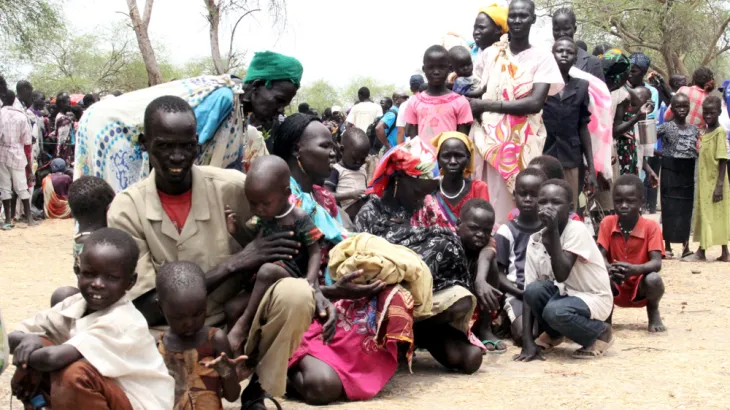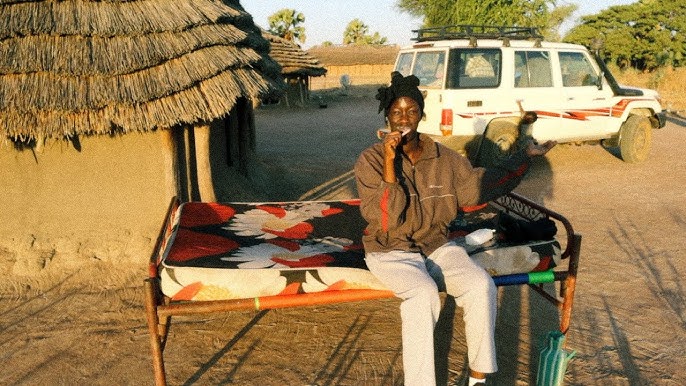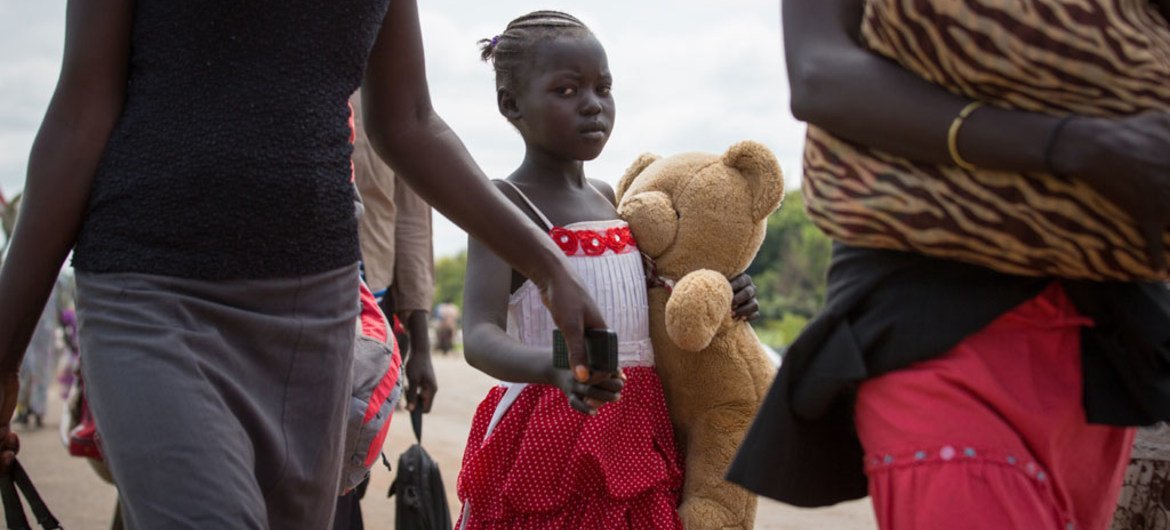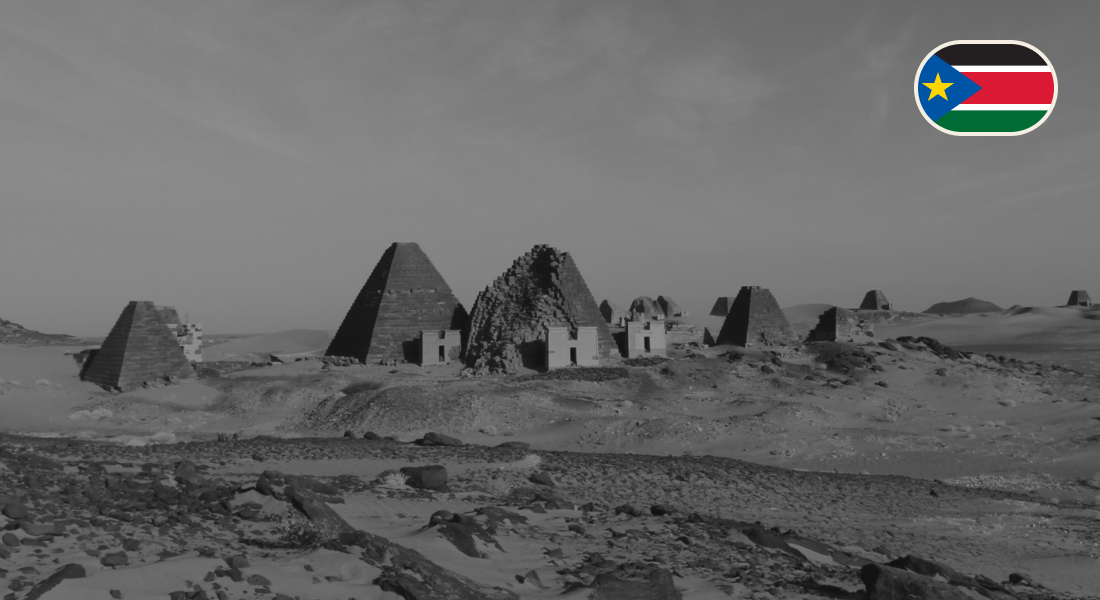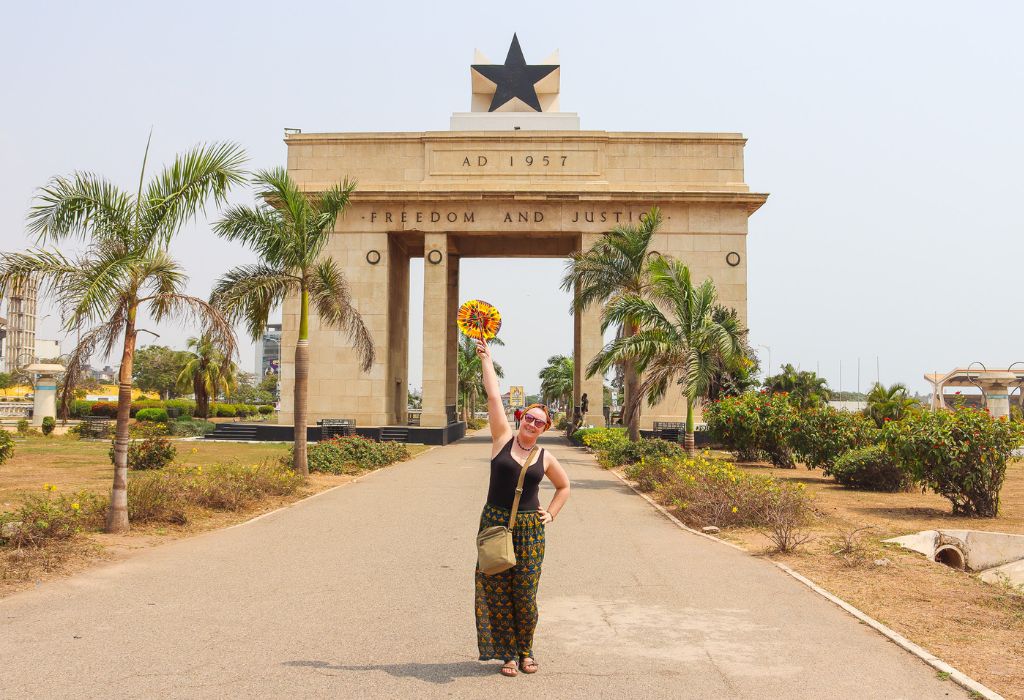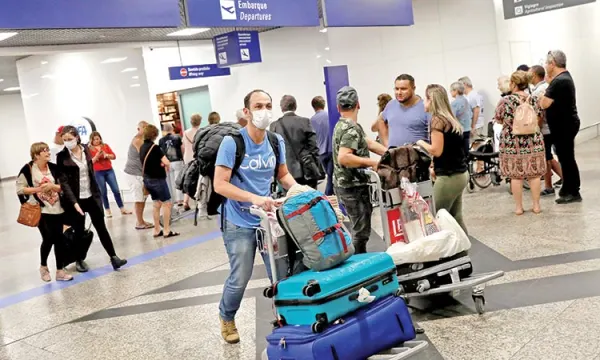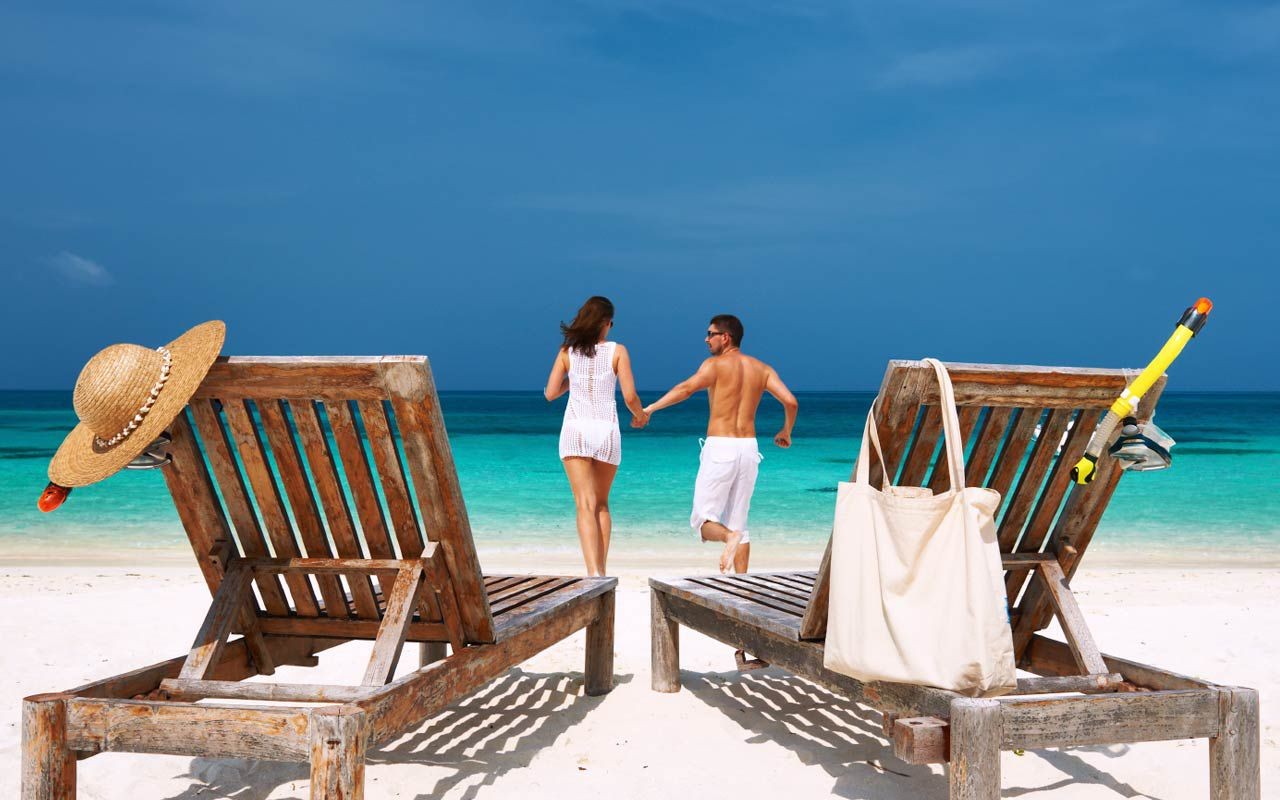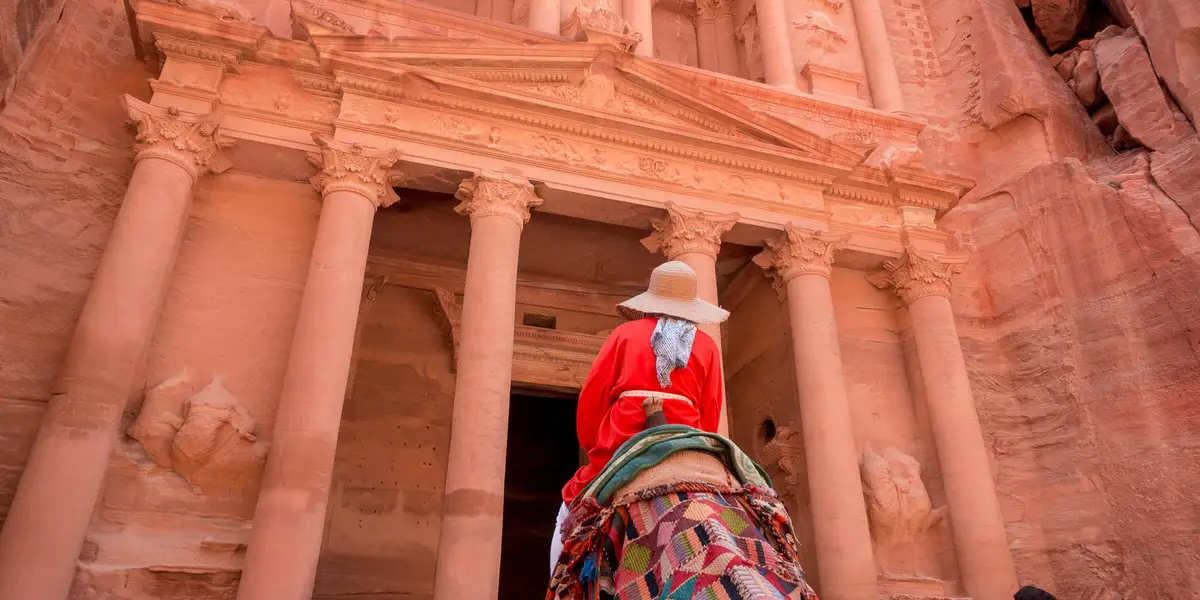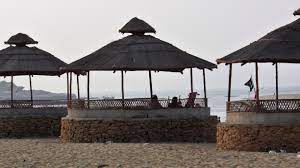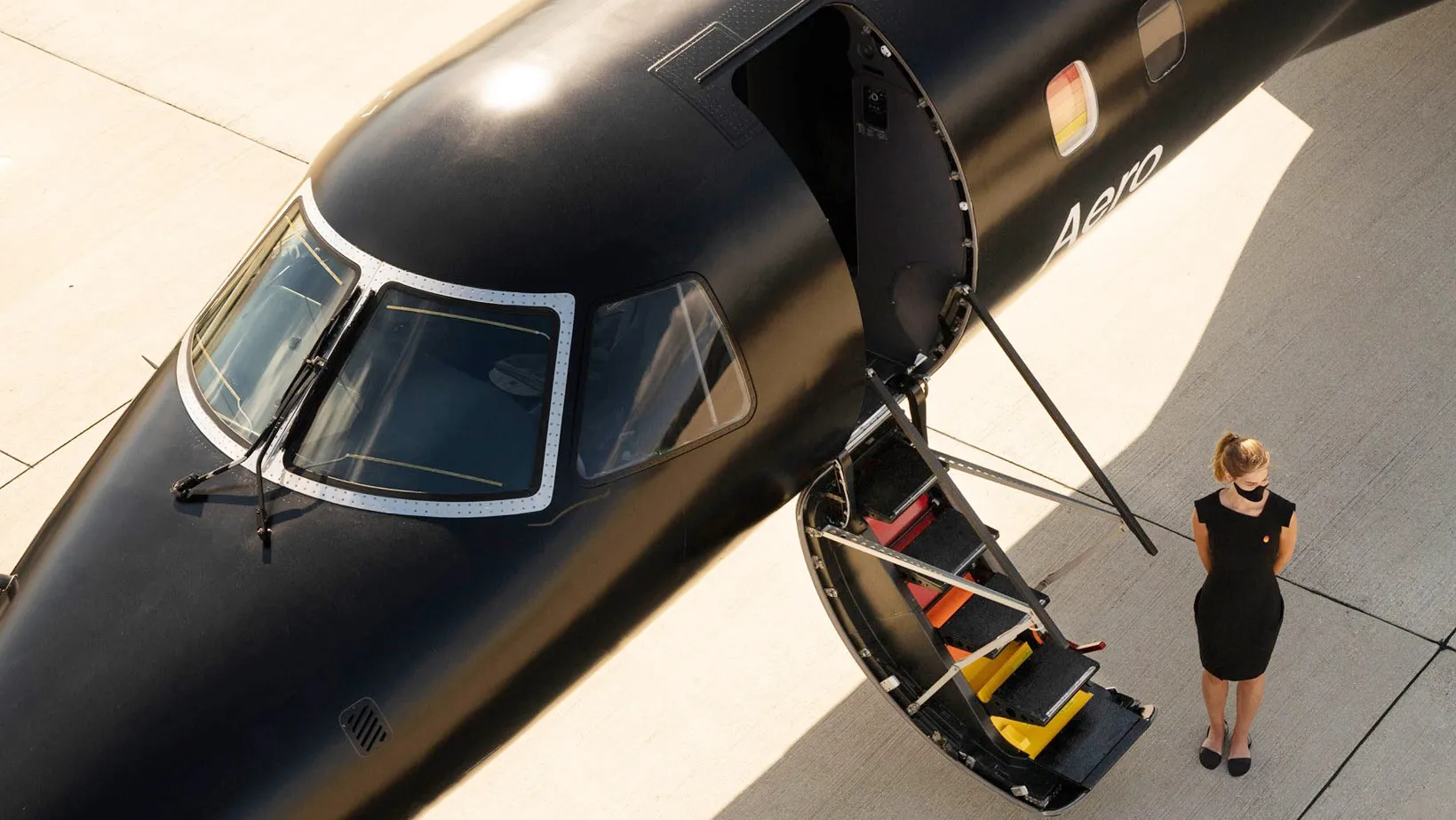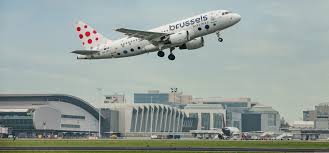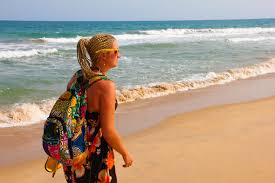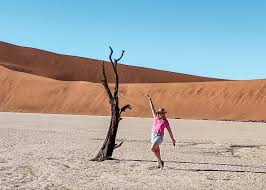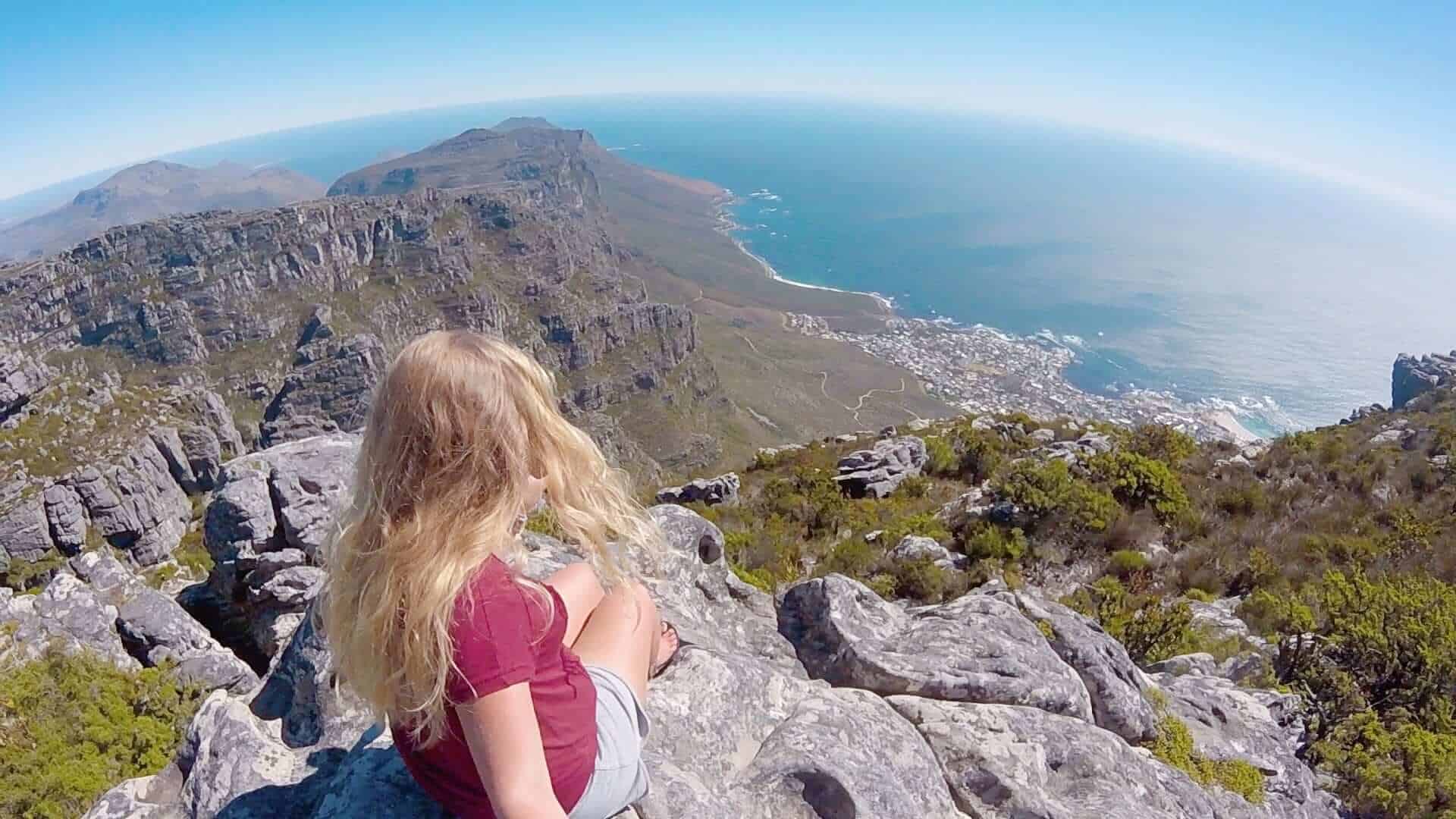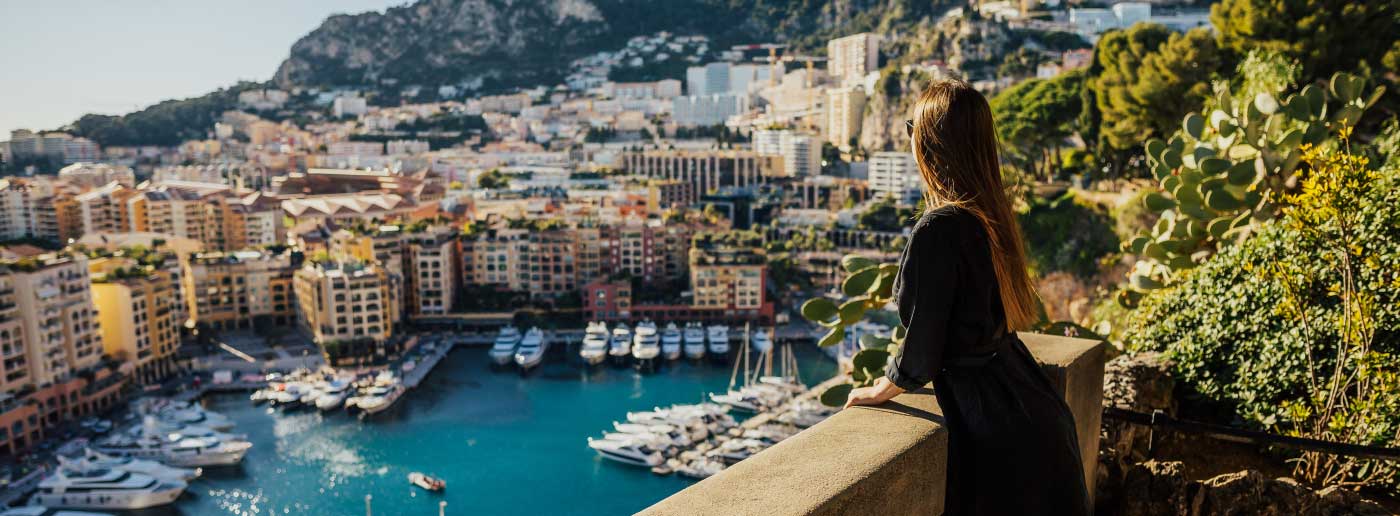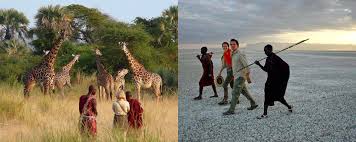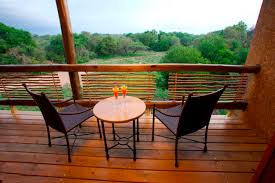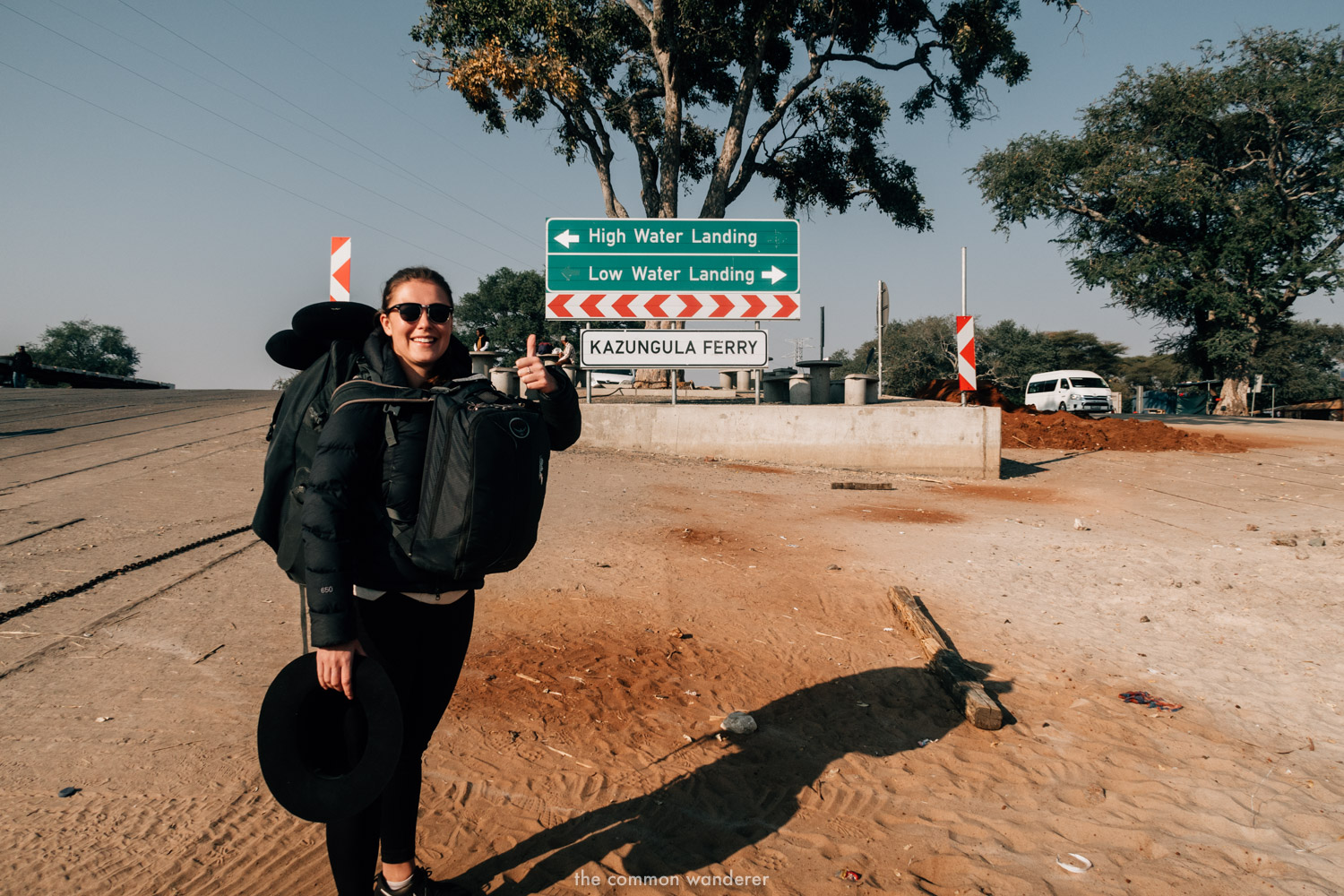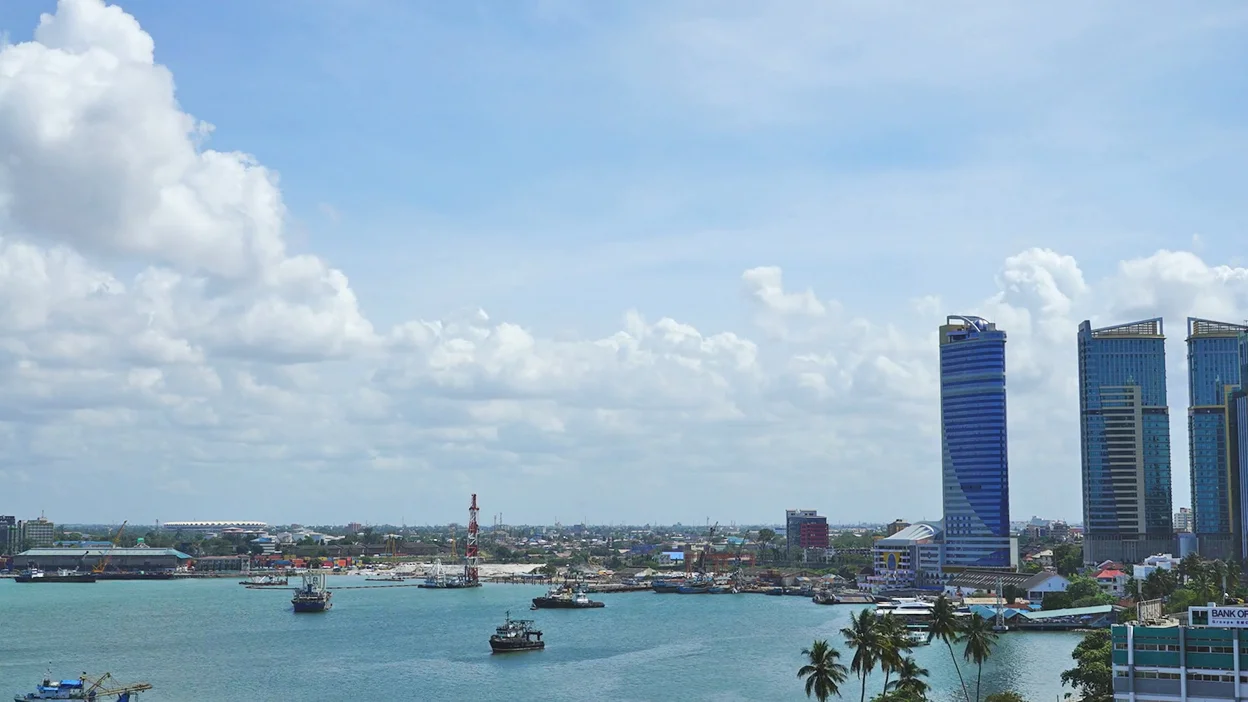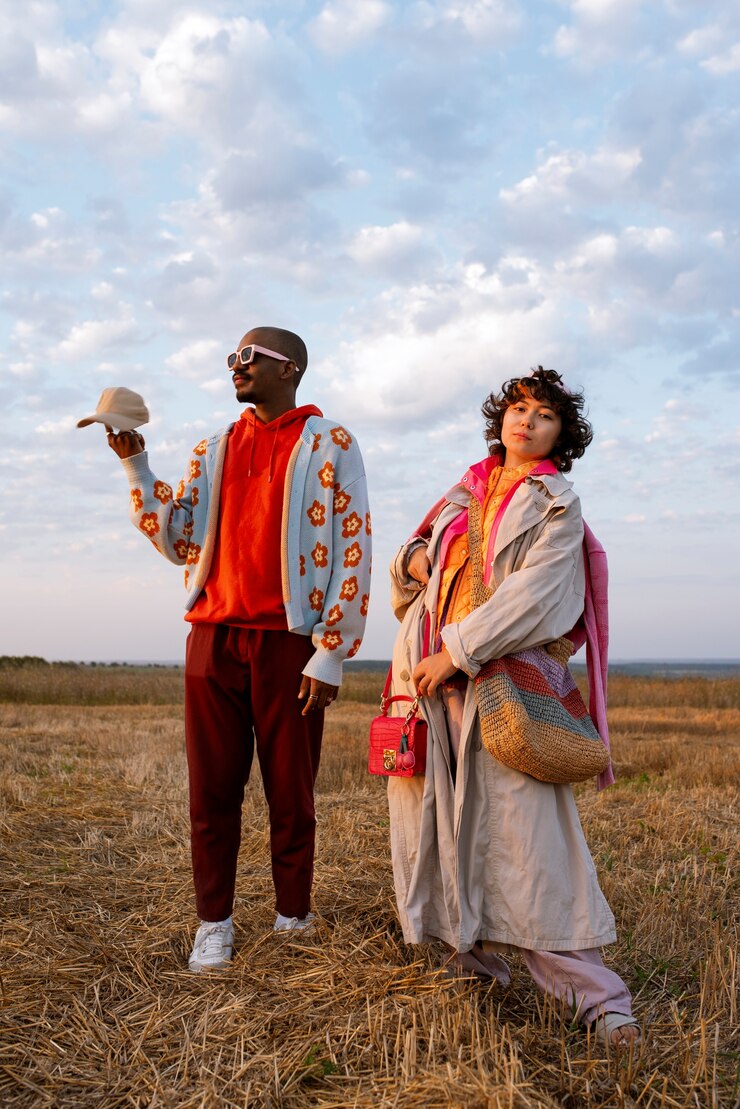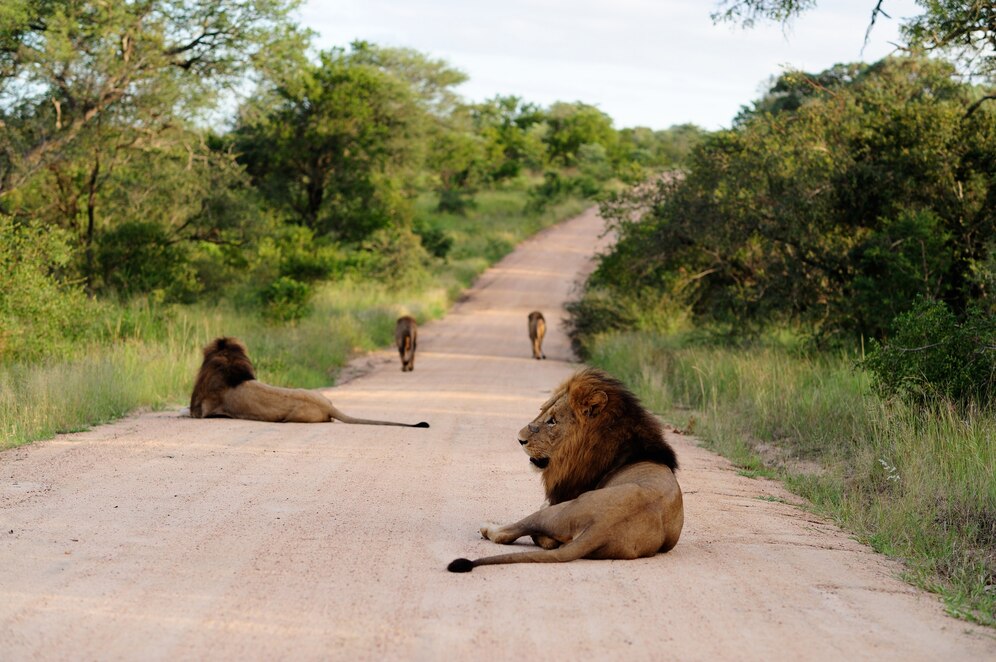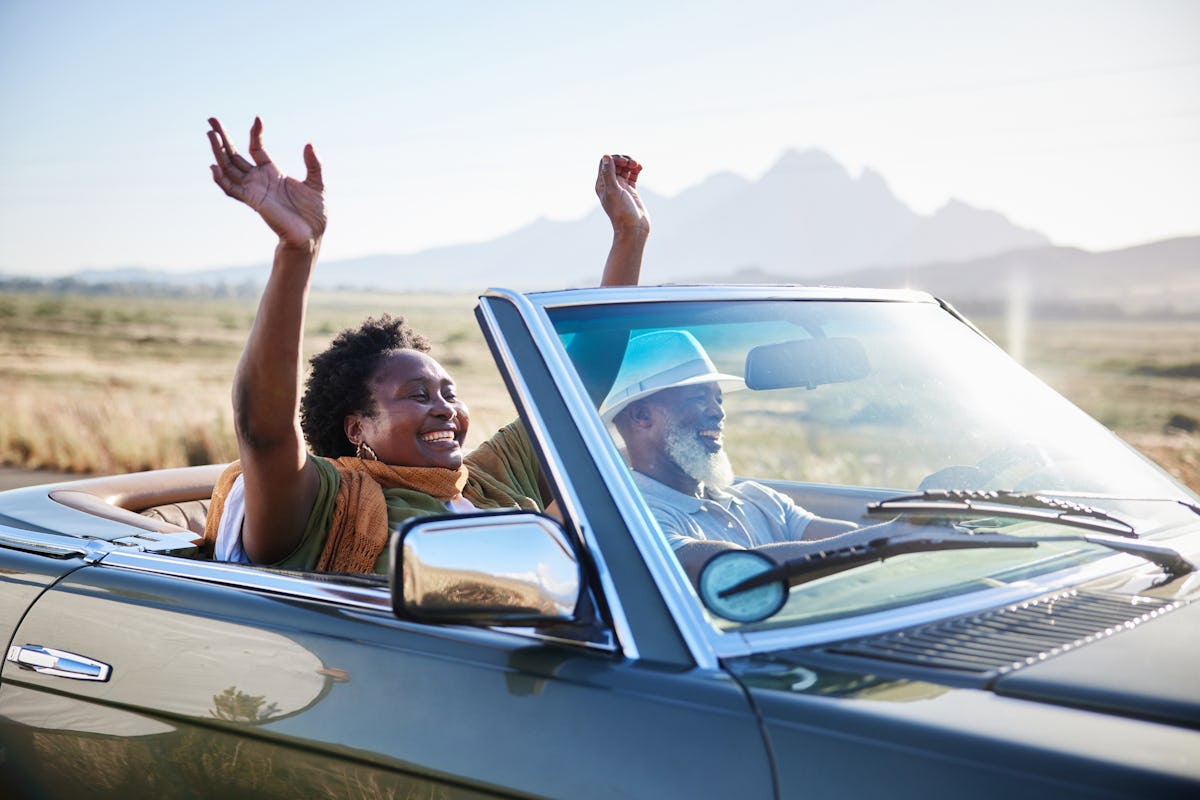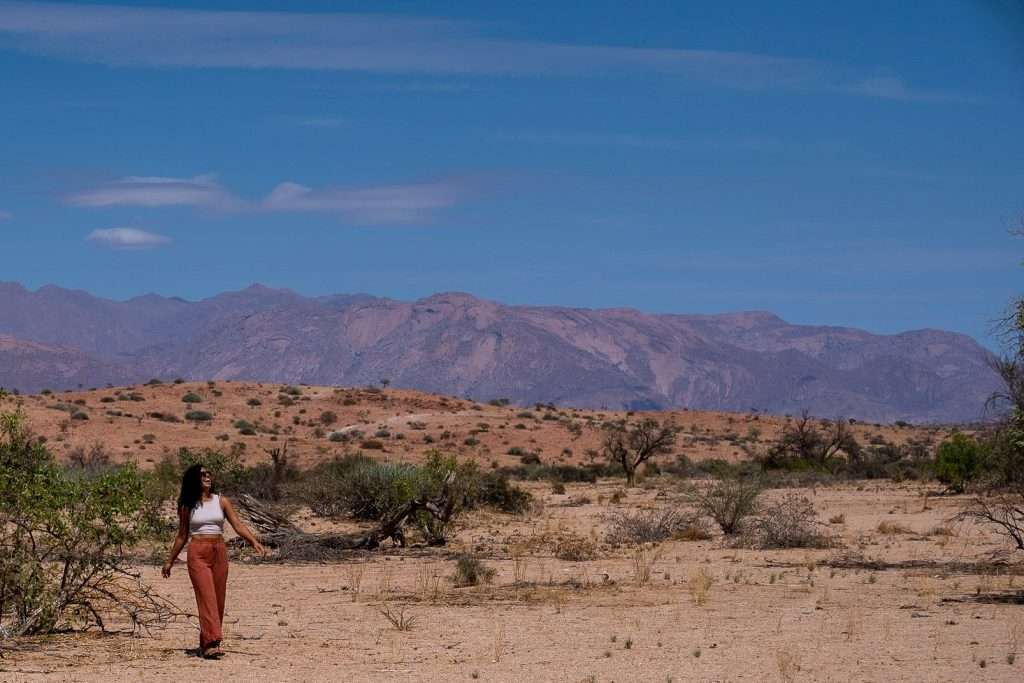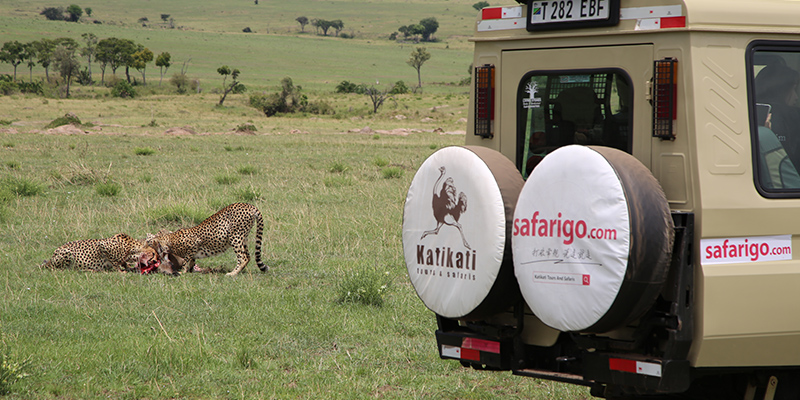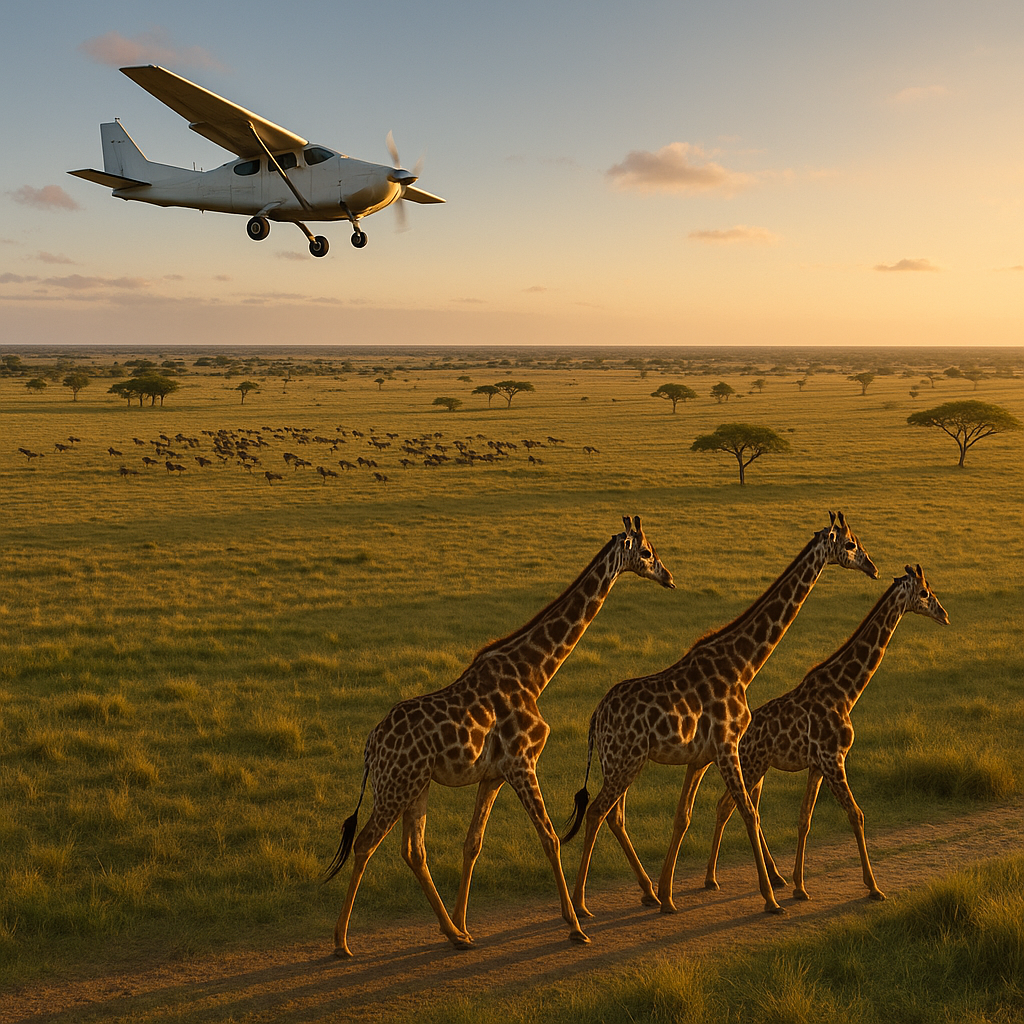
South Sudan’s Untouched Wilderness & My Safari Dreams in Southern Africa
The light plane banked sharply, circling back over the endless plains. The pilot had spotted something below: first a single antelope, then dozens more, the stragglers of a migration that numbers in the millions. Across this vast wilderness, the earth itself seemed alive with movement.
But the antelope weren’t the only marvels in sight. A trio of Nubian giraffes — rare, majestic, and towering over the grasses — lumbered gracefully across the savanna. Their long shadows stretched with the setting sun, reminders of how fragile and extraordinary this ecosystem truly is.
“There are only a few hundred left in the world,” Albert Schenk from the Wildlife Conservation Society (WCS) explained as he scanned the land below.
“So you’re seeing something spectacular.”
This is South Sudan, a country more often associated with conflict than conservation, yet home to one of the greatest — and least-known — wildlife Edens on the planet.
South Sudan: Africa’s Forgotten Wildlife Eden
South Sudan sits at the crossroads of tropical jungles and arid deserts, making it a biodiversity hotspot unlike anywhere else. Despite being the size of France, large portions of it remain isolated, inaccessible, or simply unexplored. Civil wars devastated infrastructure, leaving behind few paved roads or airstrips. Yet, because of this very isolation, its wild habitats are some of the least disturbed and most remarkable in Africa.
What outsiders rarely see is that South Sudan is home to:
-
One of the largest animal migrations on Earth: More than 1.3 million white-eared kob, tiang, and Mongalla gazelle move across the plains — rivaling the more famous Serengeti migration.
-
Critically endangered species: From Nubian giraffes to shoebill storks, South Sudan shelters species found in few other places.
-
Untouched wilderness: Vast swathes of savanna, swamp, and forest remain free from fences, mass tourism, or the kind of over-commercialization seen in other safari destinations.
For travelers, South Sudan represents a paradox: a place of unmatched natural riches that is almost invisible on the safari map. Few outsiders venture here, which means fewer crowds — but also fewer resources and greater logistical challenges.
Why I Dream of a Southern Africa Safari
While South Sudan holds the promise of discovery and mystery, my immediate safari dream lies further south — in Southern Africa. I’ve been lucky enough to explore Tanzania before, and it was nothing short of phenomenal. Watching lions hunt at dawn, hearing elephants rumble in the night, and waking up to the calls of hornbills left me craving more.
Yet, there are species I’ve yet to encounter. My dream list includes:
-
African wild dogs — elusive, endangered, and fascinating to watch in coordinated hunts.
-
White rhinos — gentle giants under siege from poaching.
-
Sable and roan antelope — rare, strikingly beautiful, and found mostly in southern regions.
-
Cape region birdlife — a paradise for birders, with endemics I long to tick off my list.
That’s why I’ve been considering destinations like Botswana, South Africa, Malawi, and Namibia for my next adventure. Each offers something unique, but also comes with its own challenges.
Botswana: Wild, Untamed, and Pricey
Many travelers I’ve spoken with described Botswana as the ultimate safari destination. Its crown jewel, the Okavango Delta, is a world of waterways, islands, and wildlife density unlike anywhere else. Floating silently in a mokoro canoe, camping under the stars, and hearing lions roar across the floodplains — it’s pure magic.
But magic comes with a price. Botswana has intentionally positioned itself as a high-value, low-impact destination. This means fewer crowds, but also higher costs than almost anywhere else in Africa. A luxury lodge in the Delta can easily run into thousands of dollars per night.
Still, if wild dogs are your priority, Botswana consistently delivers. One traveler I spoke with saw wild dogs on nearly every trip over five years. It’s also one of the safest and friendliest safari destinations, with unforgettable community-run camps.
Namibia: Surreal Landscapes & Elusive Wildlife
Namibia’s draw lies not just in its wildlife, but also in its landscapes. From the towering red dunes of Sossusvlei to the shipwreck-strewn Skeleton Coast, the scenery feels like another planet. Etosha National Park is the country’s wildlife hub, where animals gather around waterholes in the dry season, making sightings almost effortless.
Travelers describe Namibia as safe, easy to self-drive, and incredibly photogenic. On my wishlist: seeing black rhinos in the wild, visiting Okonjima for big cat encounters, and chasing birds across the deserts and savannas.
The downside? Wild dogs and white rhinos are less common here. Still, Namibia offers a balance of affordability, independence, and sheer natural wonder that makes it hard to resist.
South Africa: Diversity in One Country
South Africa is the most accessible and diverse option. Kruger National Park offers everything from self-drive safaris to luxury private reserves like Sabi Sands or Mala Mala. This is one of the few places where you can realistically see wild dogs, white rhinos, and sable or roan antelope all in one trip.
Yes, many parks are fenced, which can feel less wild compared to Botswana. But the upside is reliability: if you want to see specific species, South Africa is your best bet. Birders, too, will find endless delights — from lilac-breasted rollers to the endemic Cape sugarbird.
Beyond wildlife, South Africa offers culture, food, and cities like Cape Town, making it a richer all-around experience.
Malawi: A Developing Safari Scene
Malawi is often overlooked, and for good reason: its safari infrastructure is still in development. While the country is safe, densities of large wildlife aren’t yet at the level of its neighbors. That said, its scenery and lakeside culture are beautiful, and parks like Liwonde are slowly improving.
For now, I’d choose Malawi more for cultural immersion than for a guaranteed safari spectacle.
Personal Stories That Shape My Choice
When researching my trip, I came across countless personal experiences that shifted my perspective:
-
A traveler who camped in Botswana’s Okavango Delta called it the highlight of their life, describing mokoro rides and starlit nights as unforgettable.
-
Another who visited Namibia praised the roads, safety, and surreal scenery, though they noted the difficulty of seeing wild dogs.
-
In Kruger, someone spotted both wild dogs and white rhinos — an incredibly rare combination.
-
A visitor to South Luangwa in Zambia raved about wild dogs and birdlife, including carmine bee-eaters nesting in colonies.
Each story made me realize there’s no “perfect” safari. Instead, it’s about priorities: do you want guaranteed species, raw wilderness, affordability, or landscapes that stay etched in memory forever?
Planning My Safari: Lessons Learned
Through my research and conversations, I’ve learned a few key lessons:
-
Target species matter. Planning around specific animals (rather than just the “Big 5”) helps avoid disappointment.
-
Timing is crucial. Dry seasons (June–August in southern Africa) concentrate animals around water, making sightings easier.
-
Budget shapes experience. Botswana may offer the wildest feel, but South Africa balances cost and reliability better.
-
Flexibility is key. You might not see every species on your list, but what you do see will likely surprise you.
South Sudan vs. Southern Africa: Two Very Different Journeys
South Sudan represents the wild frontier, a place almost no one has seen, where massive migrations and rare species unfold without tourist crowds. But it also requires patience, resources, and acceptance of unpredictability.
Southern Africa, on the other hand, offers structured safaris — with well-maintained roads, professional guides, and camps that make it easy to focus on the wildlife itself. The trade-off is cost (Botswana) or a more managed experience (South Africa).
Both fascinate me. One represents the raw unknown, the other the refined safari dream.
My Safari Future
In the next two years, I hope to finally embark on my Southern Africa safari. I’m leaning toward a mix: perhaps Namibia for its landscapes and self-drive independence, paired with South Africa for wild dogs and rhinos. If budget allows, I’d love to include a few days in Botswana’s Delta, because everyone I’ve spoken to insists it’s incomparable.
But in the back of my mind, South Sudan still lingers — that untamed Eden, waiting for the day when it becomes safer and easier to explore. Maybe not this year, maybe not even in five. But someday, I want to witness its million-strong migrations with my own eyes.
Because in the end, safaris aren’t just about ticking species off a list. They’re about connection — to nature, to people, to the raw pulse of the earth. And whether in South Sudan’s forgotten plains or Namibia’s glowing dunes, that connection is always waiting for us.
Every destination I’ve explored or researched has taught me the same lesson: Africa’s wildlife is fragile, precious, and worth protecting. Rhinos with shaved horns, wild dogs surviving only in conservancies, giraffes reduced to a few hundred — these are reminders that time is short.
Travelers like us play a role. By choosing responsibly, supporting conservation-minded lodges, and spreading awareness through stories and photographs, we ensure these species and places endure.
And that, to me, is the true value of travel: not just seeing the world, but helping preserve it.



